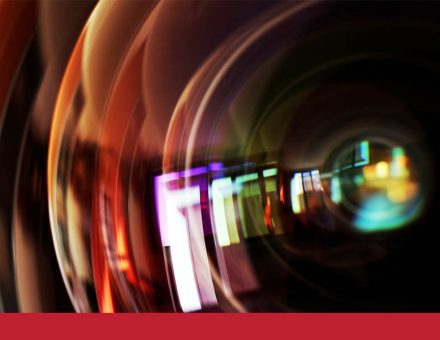With the advent of computers and more processing power, the art of lens design has matured. But computers cannot solve the whole problem. A computer can select a configuration and the designer optimizes that configuration. Can a machine learning algorithm find the absolute best lens design? Yes, if you try an infinite number of the different design forms. But..”I still want to be young when we get there!”
Hence, the journey of developing an elegant design will never be a simple endeavor.
The difficulty arises primarily because of all the trade-offs involved in a lens design namespace constraint, performance targets, and cost. One must not only design a great lens, but also must take into account the dimensions of the housing, it properties, wavelength, temperature, cost, transmission, and availability of the glass to be used, all at the same time avoiding configurations whose tolerances are so tight that nobody can build them. Before even looking into these considerations, one has to find a lens construction that will work. That is a hard job, to begin with.
Why is it hard? Because lens designers have to deal with a design space of many dimensions and trade-offs. The different variables and the image quality targets are related to each other in a nonlinear manner. Also, clumsy boundary conditions apply to most of these variables. Hence lens design is unlike most real-world engineering problem-solving.
Traditional methods have long relied on having a good starting point, a design not too far from the desired goals, and then working to improve it. If the starting point was indeed a good one and your skills were sharp enough, you could in that way arrive at a great design. However, one rarely has such a starting point, and only a select few have the required skills. Thus the job is hard for most, and difficult even for the experts, almost all the time.
Lens design is more art than science, has no closed-form solutions. In other words, there is no equation that can be solved to arrive at an elegant design. One has to think, try different things, learn from experience, and iterate.
The lens design landscape
The lens design landscape can be compared to a mountain range with peaks and valleys all over the place. The main job is to find the lowest valley, which corresponds to the lowest merit function (MF). The MF is usually defined as the sum of the squares of a set of quantities that represent how far the design is from its ultimate goals; the MF would be zero if all the targets were met exactly—which almost never happens. The lowest valley overall is the best, or ‘optimum’ design, because it has the lowest MF. How can one find it?
When trying to find the lowest MF, most of the time lens design can be stuck in a local minimum of the merit function. Hard to escape!
Figure 1

Another way to visualize the task is to imagine climbing a tree to get to the top.

Figure 2. Graphical illustration of the lens design tree.
Here, one can start at the bottom and climb up—but which branches to take? There are usually many solutions to a given task, of roughly equal quality, and when you run a lens optimization program, you are climbing up whatever branch you happen to be on. A different starting point will go up a different branch. When you reach the end of the branch you are on, you are at a local minimum. Just running the optimization program yet again will not move you from that branch to a better one. You need other tools. How can you get to a different branch? How many branches are there? Those are perplexing questions that lead to more questions than answers.
Simulated annealing
Most lens design programs today offer what is termed simulated annealing, a process that involves making small random changes to each of the design variables and then optimizing, over and over. That technique can jump sideways from one branch to another, although usually not very far. Nonetheless, it is surprisingly effective and is one of the most important tools of the trade today.
Global optimization
Most lens design programs today also offer a form of ‘global optimization’, which can find a variety of solutions—but most of those programs are not practical because of the very long time required to return their results, often measured in hours or days
We now enjoy a new paradigm. It used to be the case that an expert would spend days, weeks, sometimes years making small improvements to a classic design form, always guided by experience, insight, theory, and a large dose of dogged labor. If he succeeded, he was rightly proud of the achievement. Today we do things differently. Instead of inching up a single promising branch of the tree, day after day, hoping the result will justify the effort, we use software that examines hundreds or thousands of branches in a matter of minutes or seconds and returns a set of candidate design forms the user can then evaluate and try to adapt to his current requirements.

